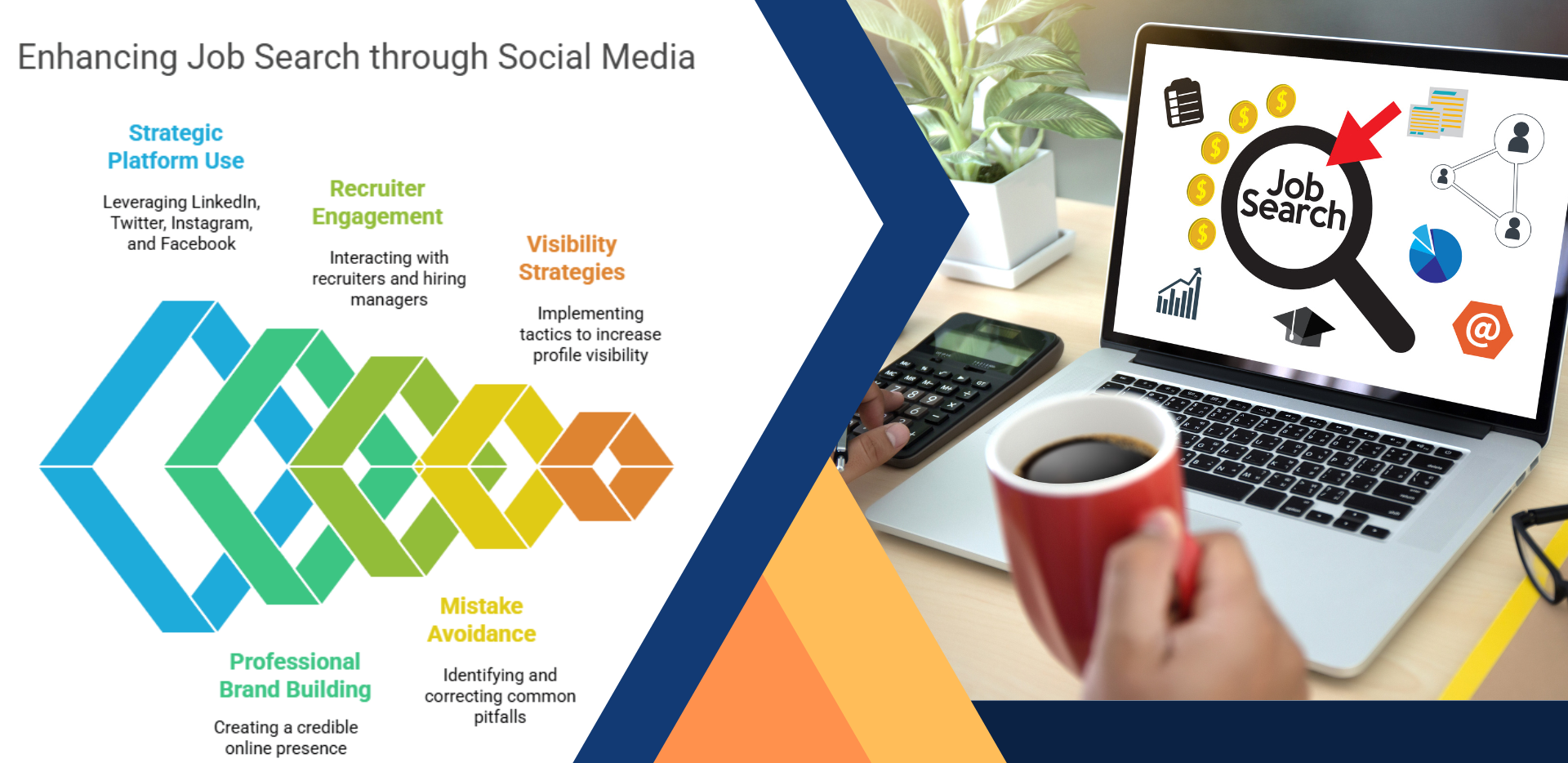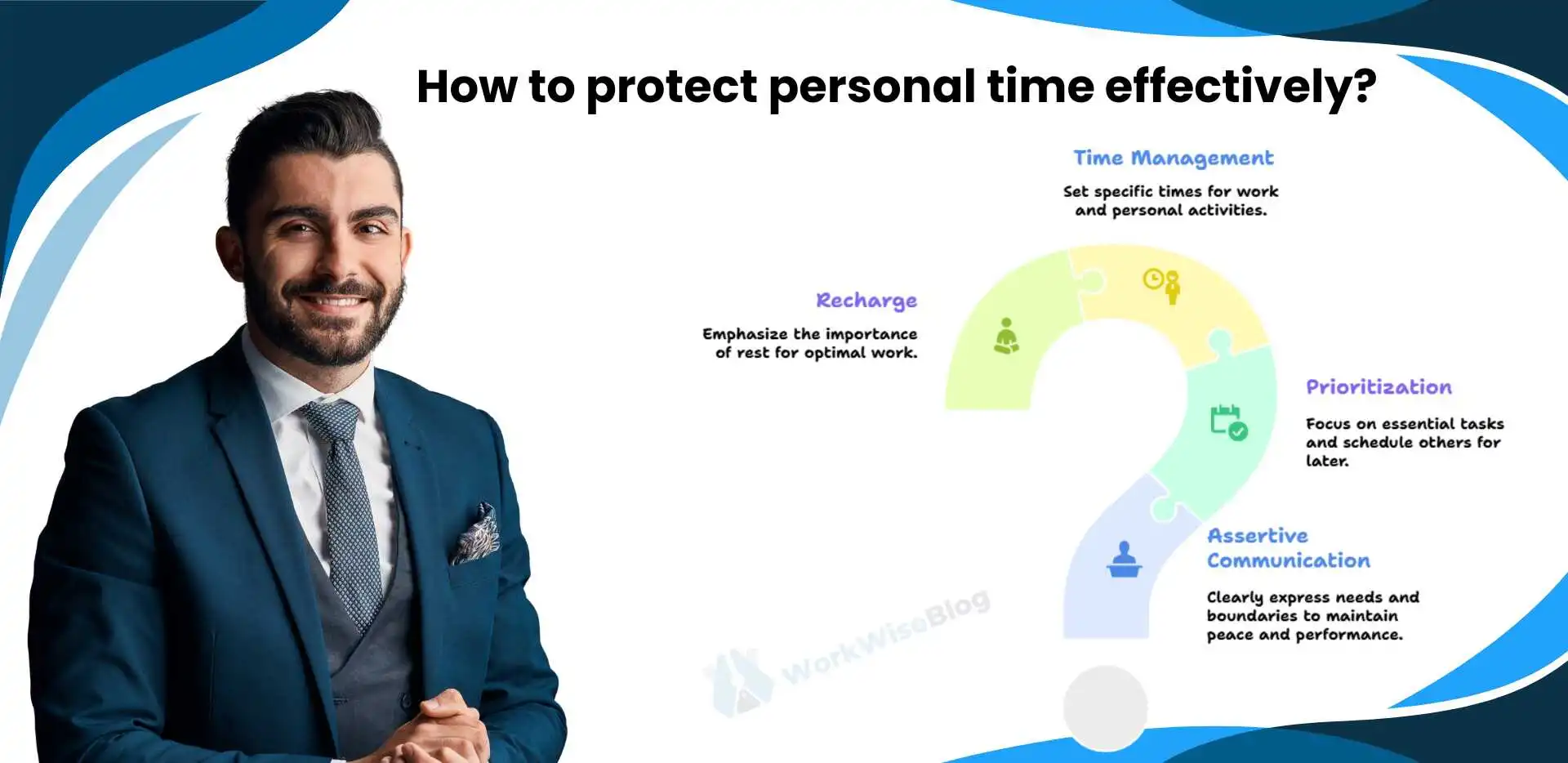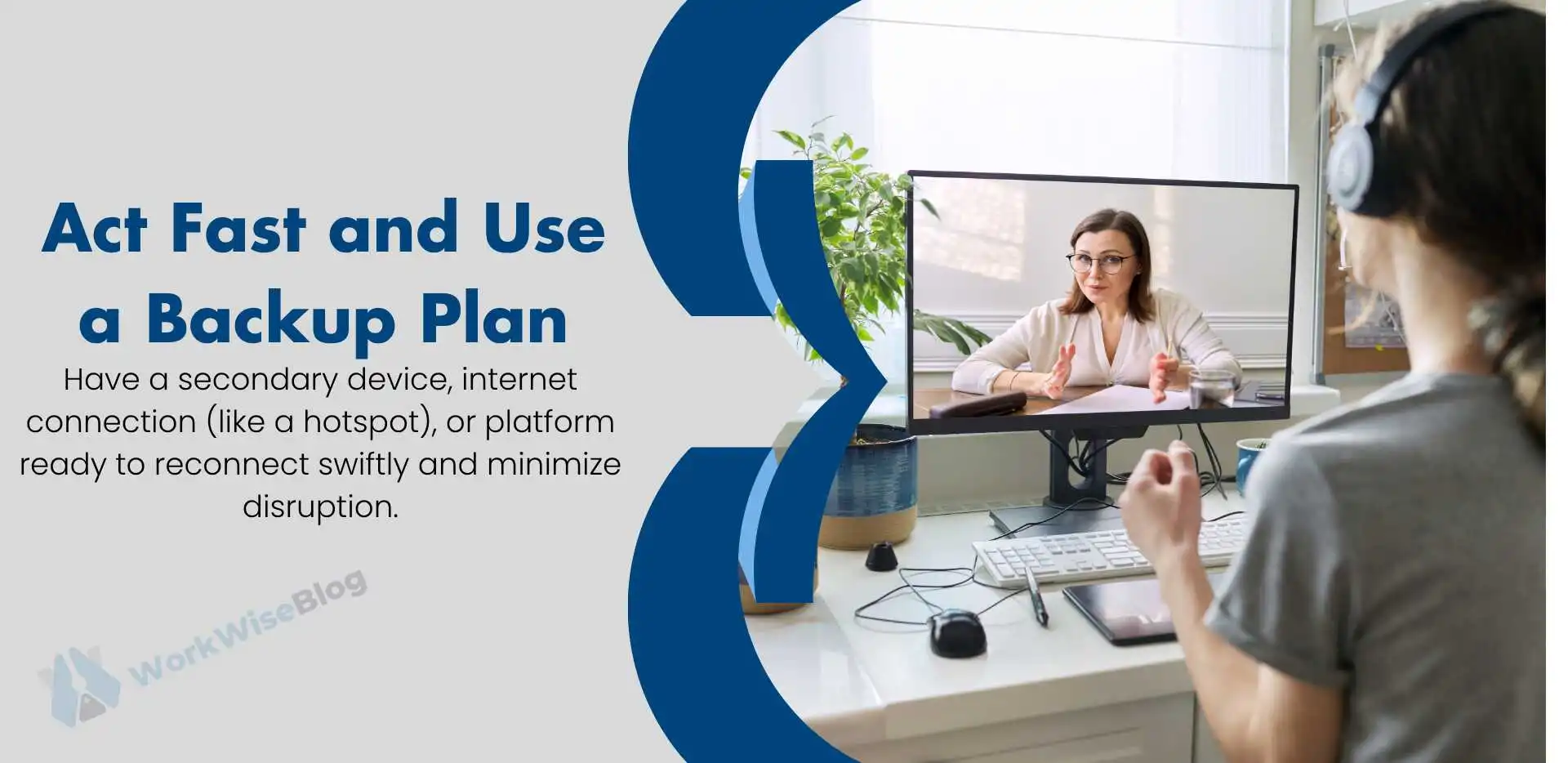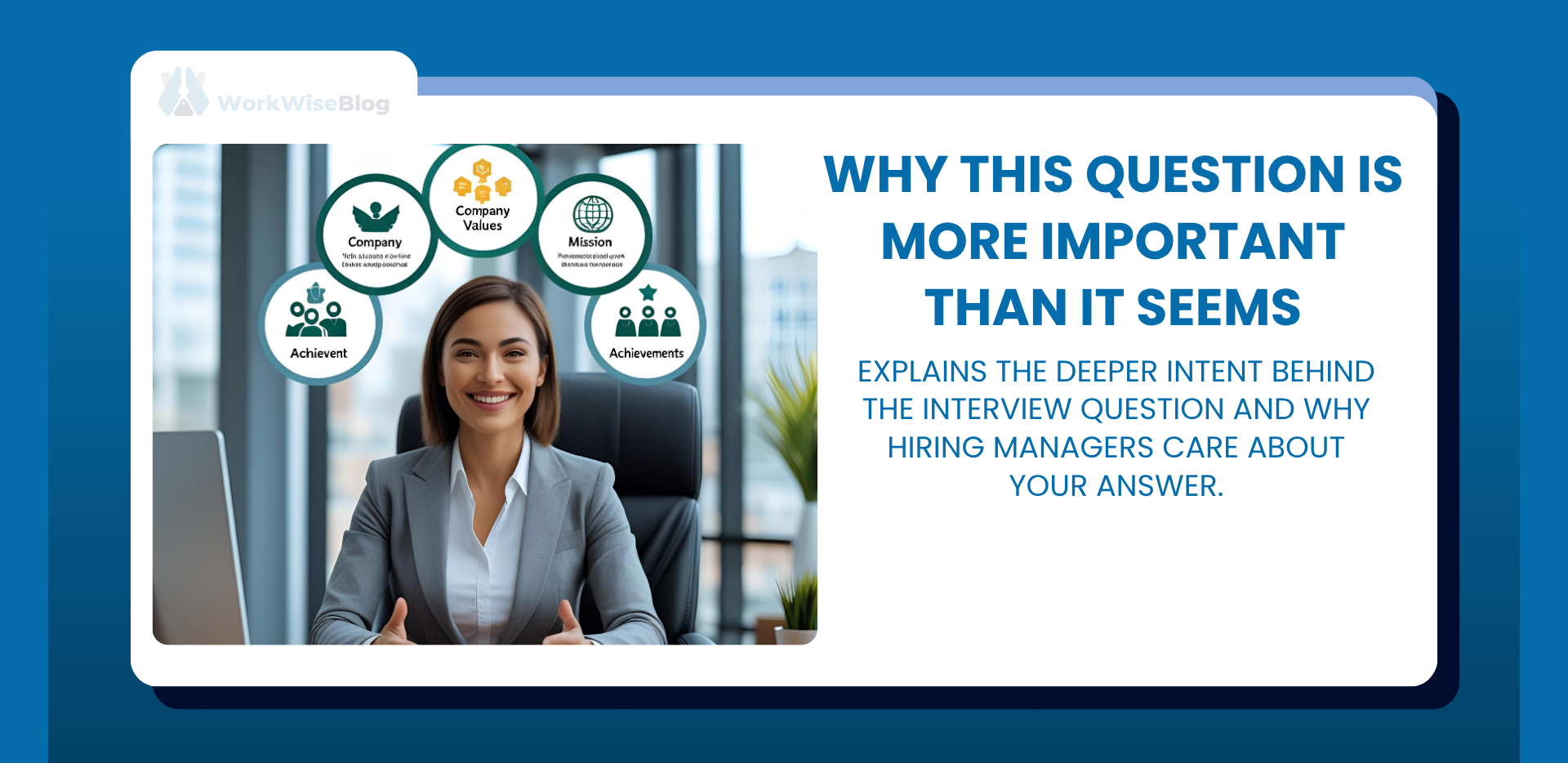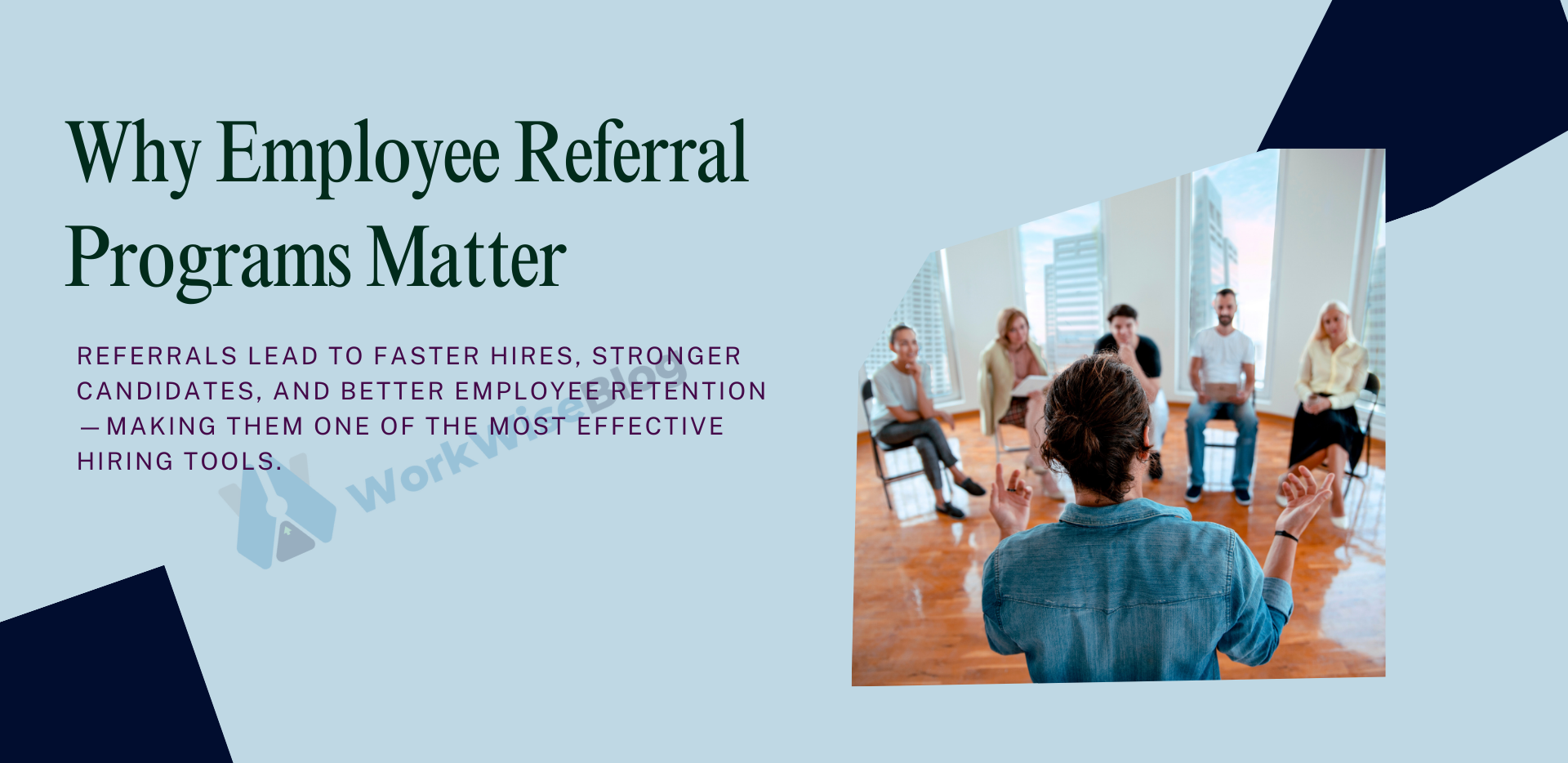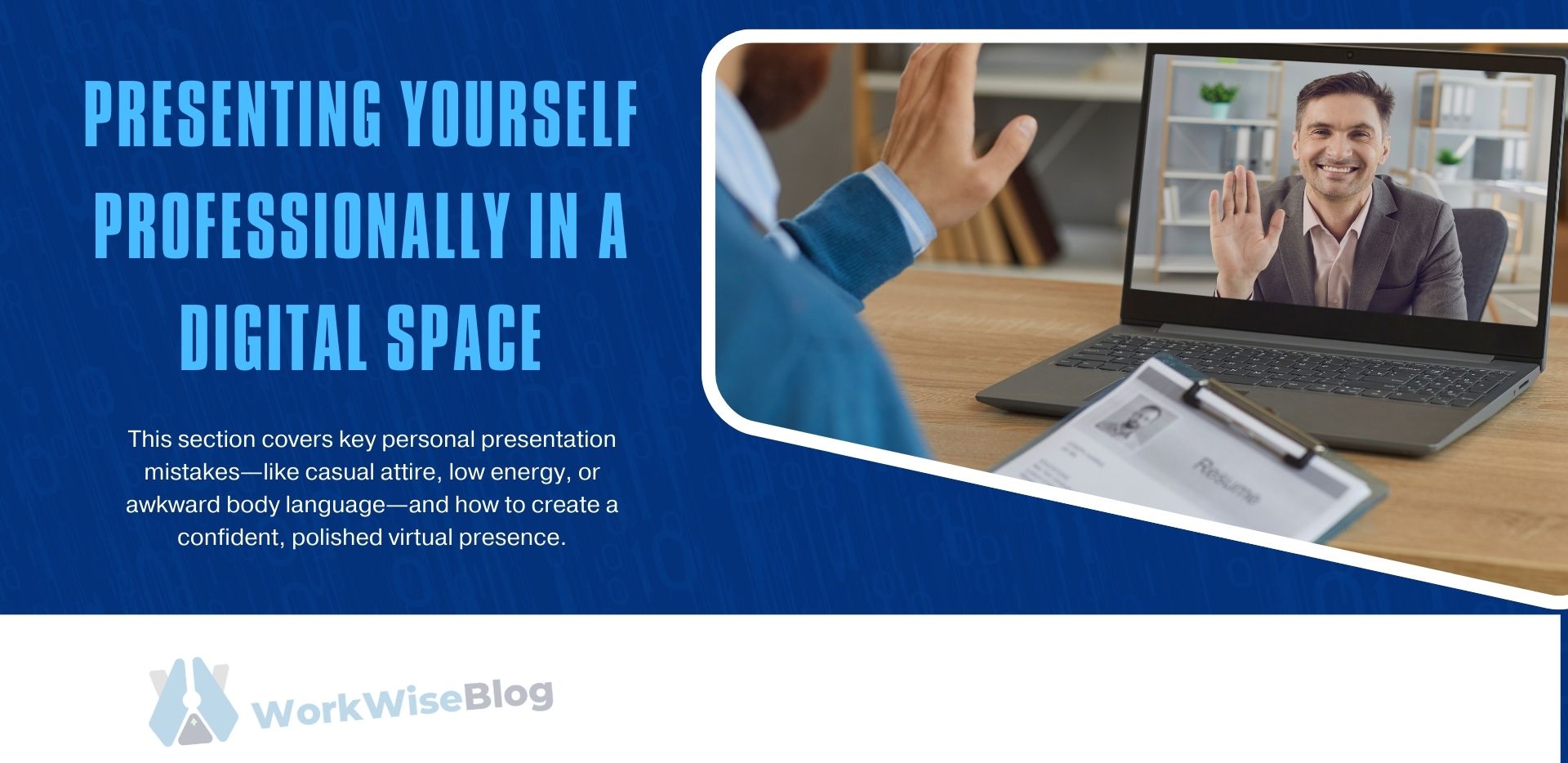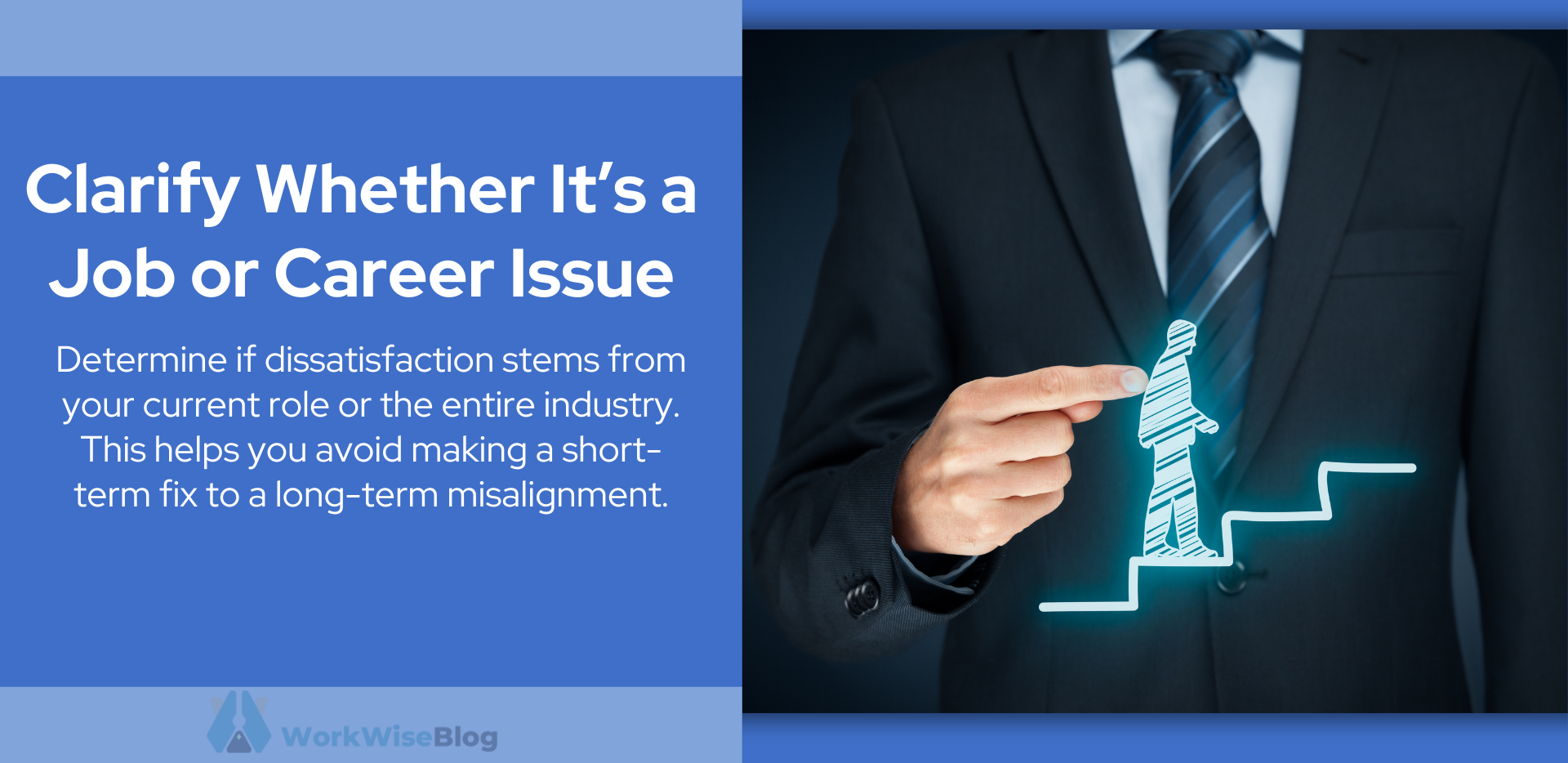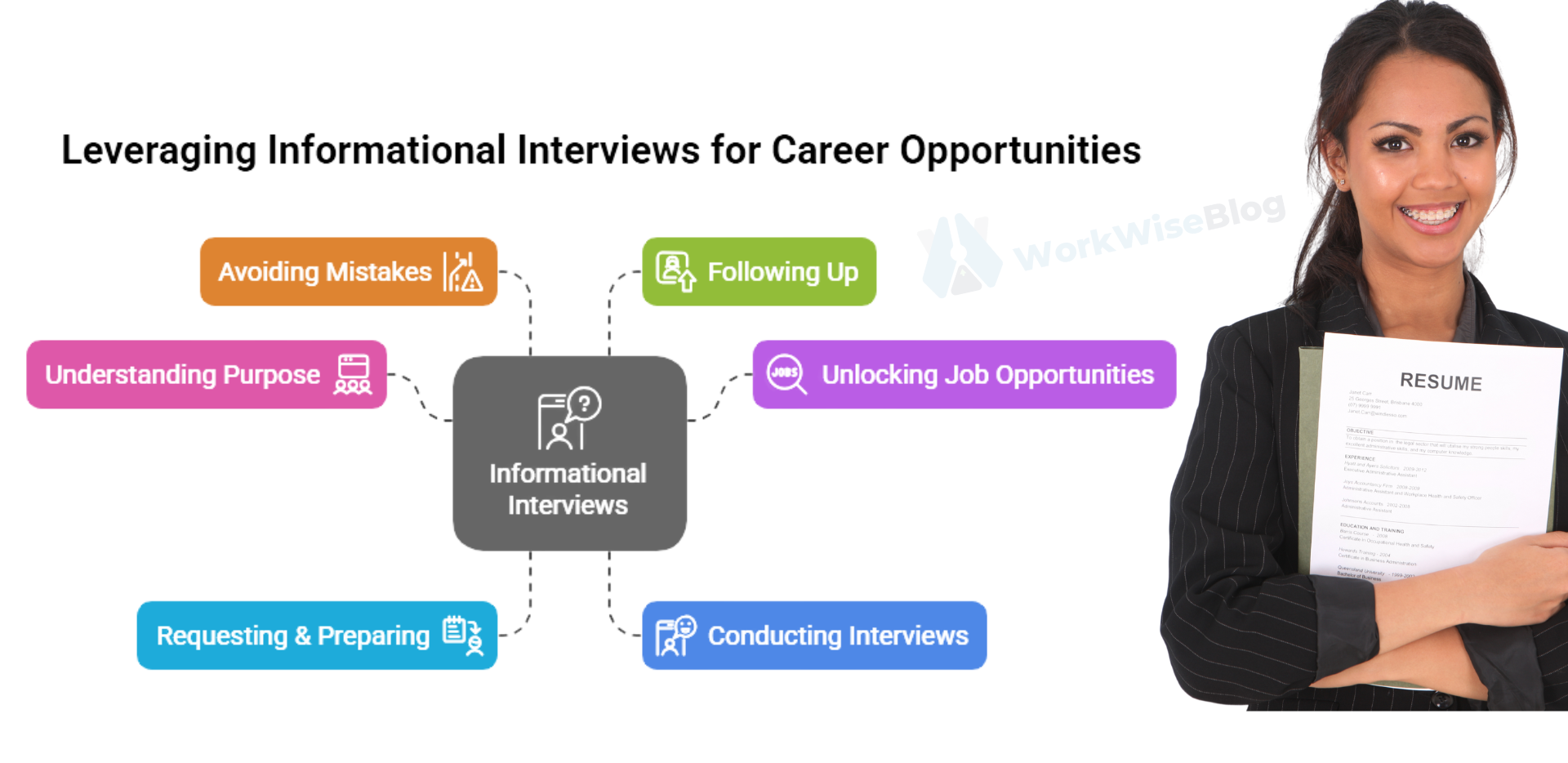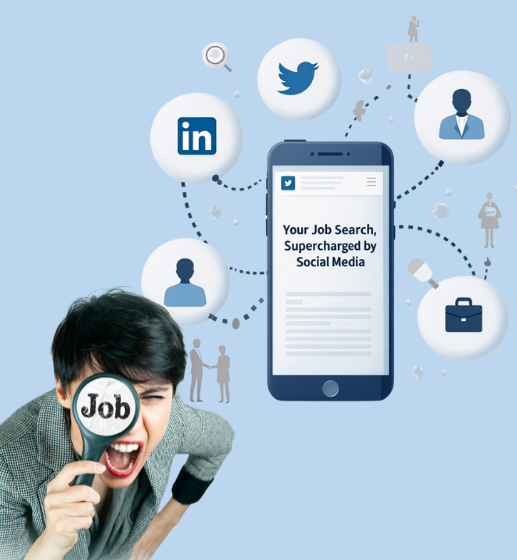
In this blog, you’ll learn:
- How to use LinkedIn, Twitter, Instagram, and Facebook strategically
- Tips to build a professional brand online
- How to engage with recruiters and hiring managers
- Mistakes to avoid
- Bonus strategies to increase your visibility
Let’s turn your scrolling time into career progress 🚀

1. Why Social Media Is Key to Modern Job Hunting
According to CareerBuilder, 70% of employers check a candidate’s social media profile before hiring. And over 90% of recruiters use LinkedIn to search for talent.
That means you don’t have to wait for job ads to go live—you can proactively be seen by decision-makers in your industry.
Social media helps you:
- Showcase your skills and achievements
- Build connections with people in your target companies
- Stay updated on job openings and hiring trends
- Demonstrate your industry knowledge through content
Whether you’re active on LinkedIn or just lurking on Twitter, every platform can play a role in accelerating your job search.

2. Optimize Your LinkedIn Profile for Visibility
If you’re only going to focus on one platform—make it LinkedIn.
Steps to Optimize Your Profile:
- Use a professional photo: Clear, friendly, and work-appropriate
- Write a compelling headline: More than just your job title; include your value or specialty
- Craft a strong summary: Briefly explain what you do, what you’re passionate about, and your career goals
- Fill out your experience: Highlight accomplishments, not just duties
- Use keywords: Think about what a recruiter would search to find someone like you.

Pro Tip:
Turn on “Open to Work” so recruiters know you’re available. You can choose to show it publicly or just to recruiters.
3. Engage—Don’t Just Scroll
Being on social media isn’t enough. You need to actively participate.
On LinkedIn:
- Comment on posts from people in your industry
- Share insightful articles with your take on them
- Congratulate others on new jobs, promotions, or achievements
- Write your own short posts about projects, milestones, or lessons learned
On Twitter:
- Follow companies and hiring managers in your field
- Retweet useful job search tips or industry news
- Join conversations using relevant hashtags (like #Hiring, #JobSearch, #DevJobs)
On Instagram:
- Follow brands or companies you admire
- Engage with professional communities (e.g., creative portfolios, designers, or freelancers)
- Use highlights to showcase achievements or your portfolio
Engagement helps you get noticed. When people see your name repeatedly, they’re more likely to remember it when it matters.
4. Showcase Your Work and Skills Creatively
Don’t just say you’re good at something—show it.
If you’re a writer:
Share links to your articles or blog posts on your profile.
If you’re a designer:
Post your best visuals on LinkedIn or Instagram.
If you’re in marketing, tech, or business:
Break down a recent campaign, project, or solution in a short post. Mention what you learned and the outcome.
Pro Tip:
Use short videos or carousels (LinkedIn supports both) to give your content a unique edge.
5. Connect the Right Way
Sending random connection requests won’t get you far. Instead:
Personalize your message:
“Hi Sarah, I’ve been following your posts on career development. I’d love to connect and learn from your insights!”
- Follow up with a thank-you or a brief introduction.
- Don’t pitch for a job right away—build a real connection first.
- Engage with their posts or comment thoughtfully to stay on their radar.
You don’t need a huge network. A few meaningful connections can lead to big opportunities.
6. Watch What You Post (and What You Liked in 2013)
Your social media is your digital reputation. Even old posts can resurface.
Things to avoid:
- Complaining about former employers
- Offensive jokes or controversial opinions
- Inappropriate photos or memes
- Sharing too much personal drama
What to do instead:
- Clean up your profiles (especially Facebook or Twitter)
- Use privacy settings where needed
- Keep your tone professional but human
- Google yourself and check what comes up
- Your goal is to have a profile that says:
“This person is smart, reliable, and would be great to work with.”
7. Use Hashtags and Job Alerts
Hashtags can help you discover opportunities that aren’t posted on job boards.
Try these job-related hashtags:
- #HiringNow
- #JobOpening
- #MarketingJobs / #DeveloperJobs / #RemoteJobs
- #[YourCity]Jobs (e.g., #DubaiJobs, #LondonJobs)
- Also, follow hashtags related to your industry or field. You might find networking events, job fairs, or recruiters sharing roles directly.
On LinkedIn and Twitter, you can also set alerts for job-related keywords so you never miss a post.
8. Promote Your “Open to Work” Status Strategically
On LinkedIn, this is simple—but you can also add it to:
- Your Twitter bio
- Instagram link in bio (use a portfolio or resume link)
- Facebook posts in relevant professional groups
Example tweet:
“I’m looking for remote UX design opportunities! Experienced in SaaS, mobile apps, and user research. Portfolio: [link] — RTs appreciated!”
This approach often leads to referrals, messages, or connections that fast-track your search.
Final Thoughts: Turn Likes into Leads
When used strategically, social media isn’t just a distraction—it’s your digital elevator pitch.You don’t need to go viral. But by showing up consistently, engaging with the right people, and presenting your value clearly, you’ll be top of mind when the right opportunity appears.
Final Tip:
Your next job could come from a DM, comment, or shared post. Start showing up where recruiters are already looking.

